Subtropical Climate: [Characteristics, Flora, Fauna and Adaptability]
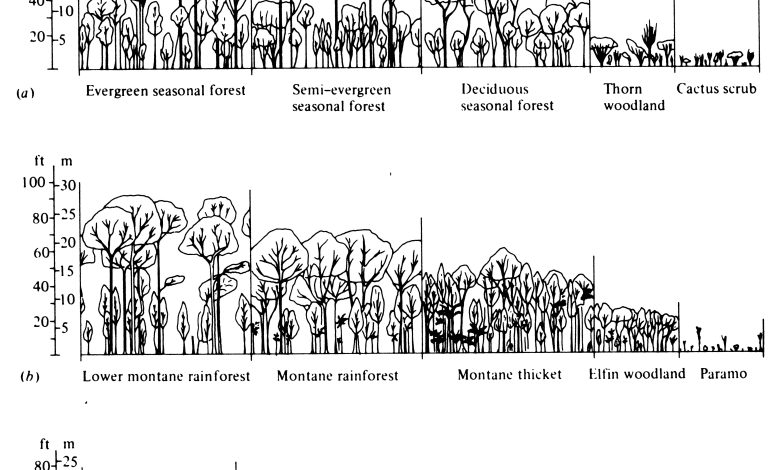
Important points about the subtropical climate:
- What is? The subtropical climate is a transitional climate between two large climate families: temperate and tropical.
- Where it is located? The subtropical climate is present both in the northern hemisphere and in the southern hemisphere, being located in America, Europe, Asia, Oceania and Africa.
- What flora predominates? Laurisilva species predominate. There are also palm trees, ferns, tropical fruit trees such asmango, flowering bushes, among other species.
- What fauna predominates? Representative species of the subtropical climate are the American crocodile, squirrels, capybaras, hawks, snakes, among others.
- How long is the day and night? The subtropical climate is more or less stable around the duration of the day and night, achieving a duration of 12 hours each for most of the year.
- Can human beings live in this climate? Human life is very possible within the subtropical climate because it presents usable stability for urban development.
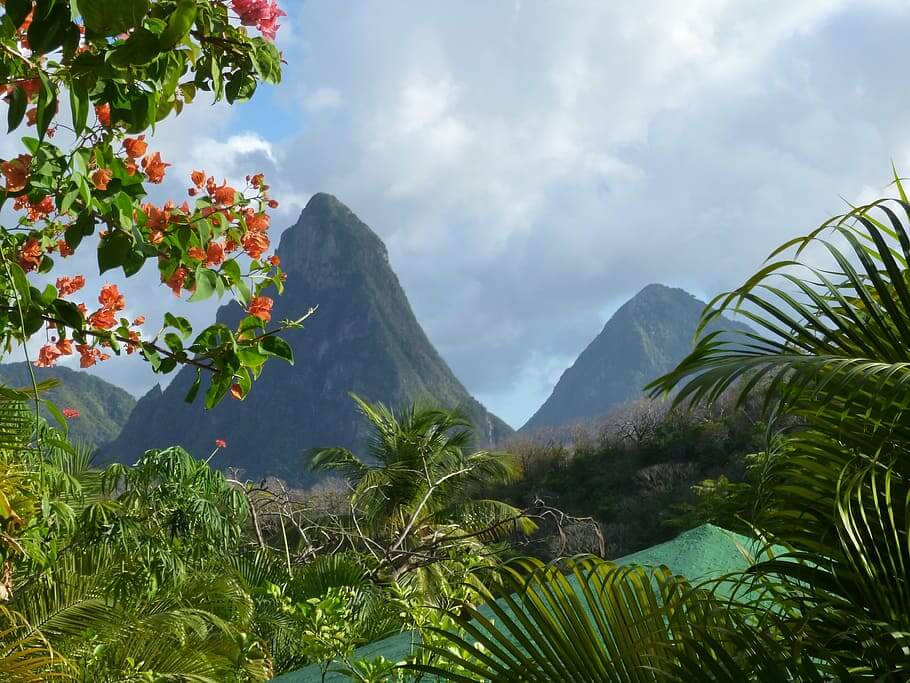 The subtropical climate is predominantly warm, although it is part of the family of temperate climates.
The subtropical climate is predominantly warm, although it is part of the family of temperate climates.
The reason for this is that it is located very close to the tropics, where a rather hot climate is established throughout the year.
Its temperature range is more or less constant, although it has a wide range because summers are capable of reaching 30º C, while winters reach 6º C.
The subtropical climate is widespread in the world and if you are interested in knowing more about it, this is the right time for you to discover everything about it.
What is the subtropical climate?
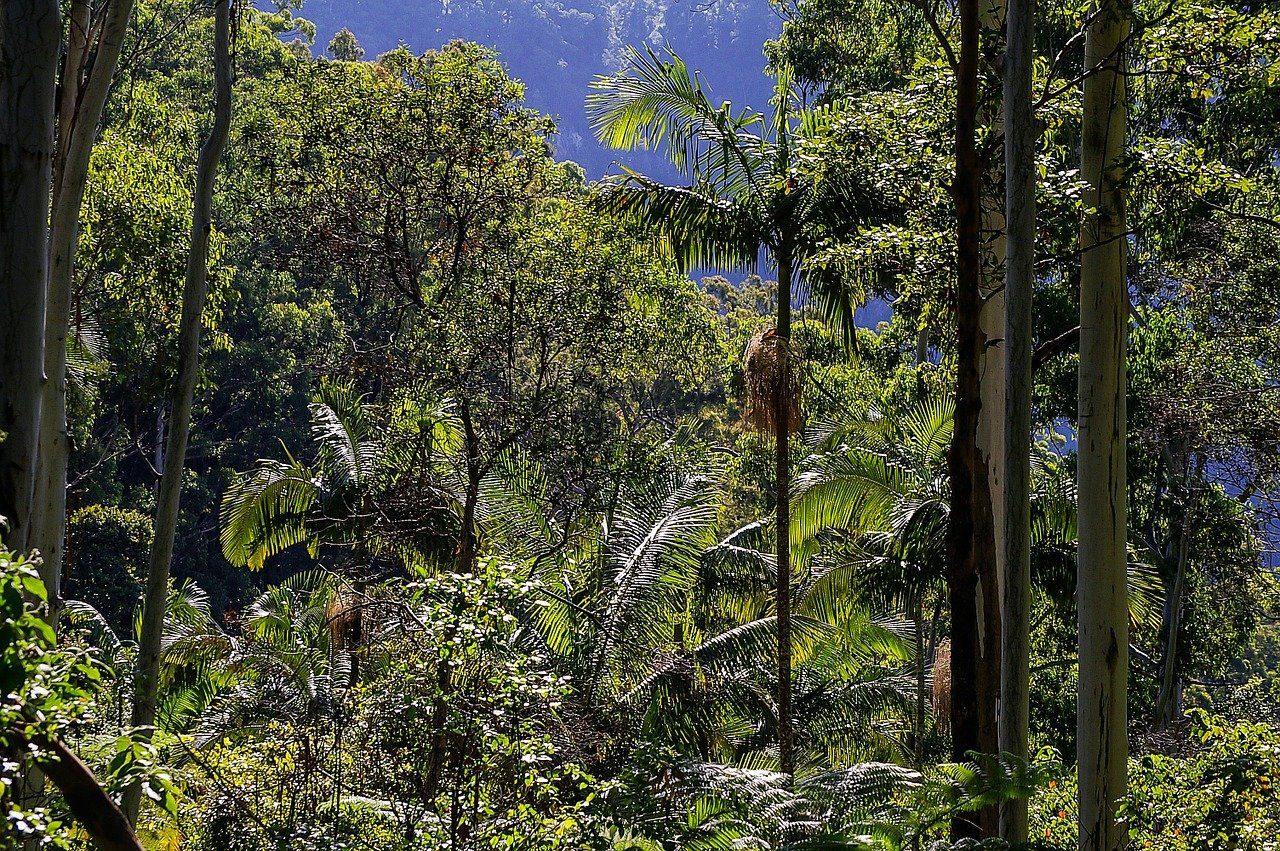
The subtropical climate is a transitional climate between two large climate families: temperate and tropical.
It has more or less warm temperatures throughout the year, with variations established around rainfall.
Due to its proximity to sea currents, it has the presence of winds and humidity, which helps the fertility of the land. In general, areas with a subtropical climate have abundant vegetation and a great variety of fauna.
Where is the subtropical climate located geographically?
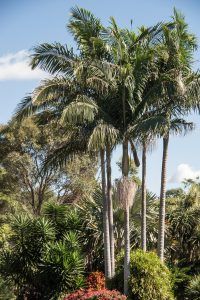 The subtropical climate is present both in the northern hemisphere and in the southern hemisphere, being located in America, Europe, Asia, Oceania and Africa.
The subtropical climate is present both in the northern hemisphere and in the southern hemisphere, being located in America, Europe, Asia, Oceania and Africa.
The vast majority of the surface it occupies is located on the coast, so the influence of sea currents is a very important issue.
An example of this climate in the northern hemisphere can be found on the island of La Palma in Spain, as well as in Houston, United States.
For its part, in the southern hemisphere it is a climate that is localized in areas such as Cape Town in Africa and Santiago de Chile, Chile.
What characteristics does the subtropical climate have?
Differentiating this climate from others with similar conditions is an issue that can become complicated. Therefore, it is worth studying its characteristics:
- Temperature: it is warm almost all year round, although that does not mean that it is a very hot climate. In general, the average is usually located at 18º C, without going below 6º C in the coldest times.
- Precipitation: it exists throughout the year, but its frequency is not standard for all spaces that have a subtropical climate. The reason is because in the western areas the cold sea currents influence, while in the eastern areas they are the warm sea currents.
- Humidity: it is a climate that maintains a relative humidity throughout the year due to the presence of rain and the conditions that converge in its environment. This greatly helps the development of vegetation.
- Types: Depending on the conditions prevailing in each region, the subtropical climate can be divided into typical Mediterranean climate, humid subtropical climate, arid subtropical climate, monsoonal subtropical climate, dry subtropical climate and dry Mediterranean climate.
What flora predominates in the subtropical climate?
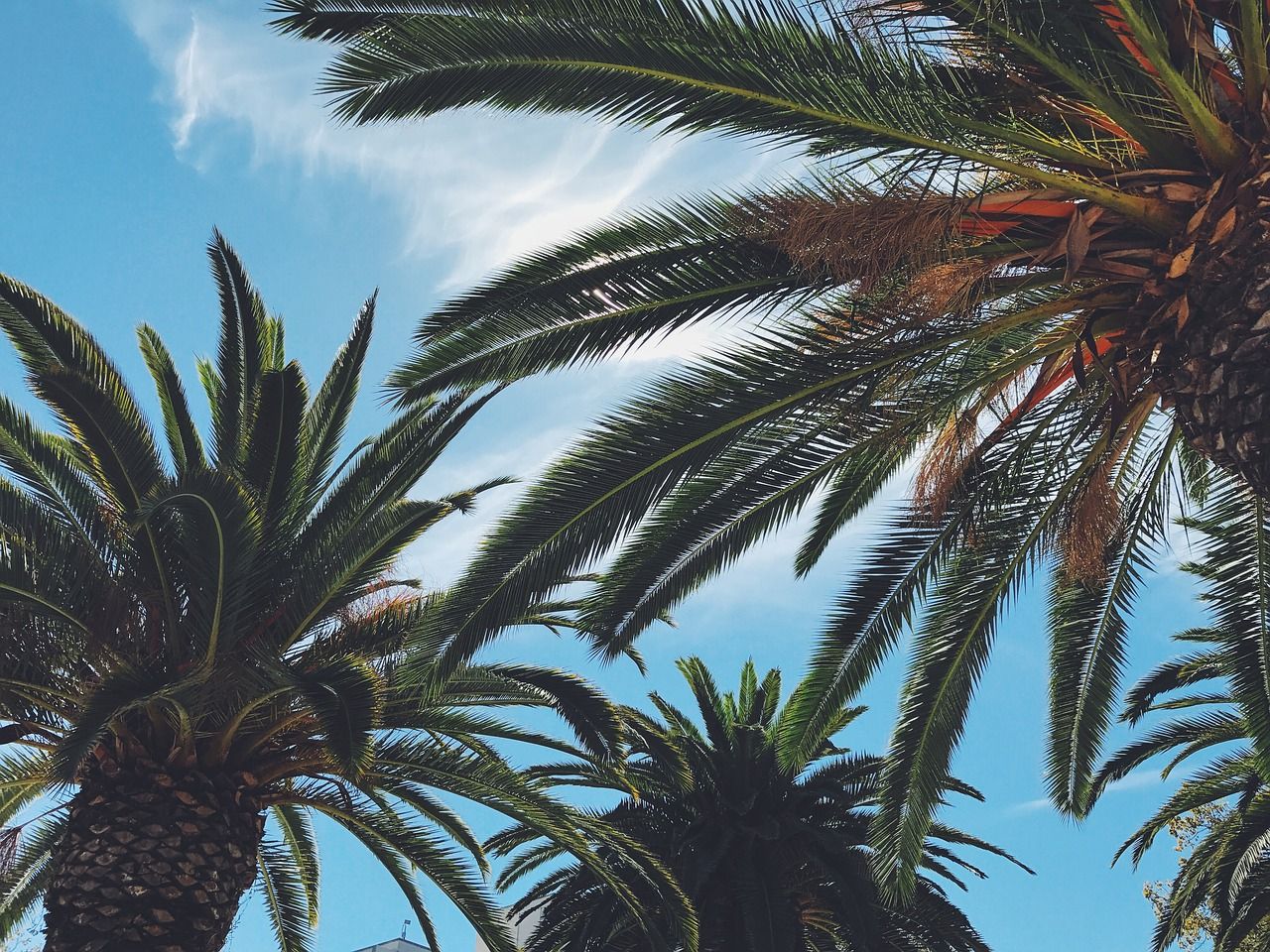 The vegetation of the subtropical climate is rich, abundant and dense, perennial type, so it is common to find forests, meadows and even jungles.
The vegetation of the subtropical climate is rich, abundant and dense, perennial type, so it is common to find forests, meadows and even jungles.
Laurisilva species predominate that enjoy the warm climate and the flow of precipitation to stay green throughout the year.
There are also palm trees, ferns, tropical fruit trees such as mango, flowering bushes (counting a great variety of orchids), etc.
What fauna predominates in the subtropical climate?
 The animals of the subtropical zones find ideal conditions for life throughout the year thanks to the very stable climate.
The animals of the subtropical zones find ideal conditions for life throughout the year thanks to the very stable climate.
Due to rainfall and the particularities of the terrain, it is common for a wide variety of aquatic environments to form, such as swamps and rivers.
This promotes that amphibians and reptiles are very numerous, as well as fish and other types of marine animals. Representative species of the subtropical climate are: the American crocodile, squirrels, capybaras, hawks, snakes, among others.
How long is the day and night in the subtropical climate?
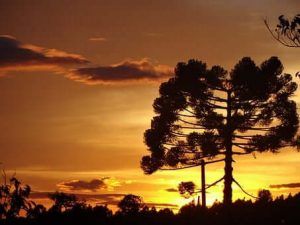 The subtropical climate is more or less stable around the duration of the day and night, achieving a duration of 12 hours each for most of the year.
The subtropical climate is more or less stable around the duration of the day and night, achieving a duration of 12 hours each for most of the year.
What does tend to happen as time goes by is that it begins to get dark later and, therefore, dawn later as well.
It is even possible that at a certain moment the duration of the day and night undergoes a slight change, occupying for example 13 hours of day and 11 at night. However, these are inconspicuous changes because they do not cause as much impact as the day and night of temperate weather.
Can humans live in the subtropical climate?
 Human life is very possible within the subtropical climate because it presents usable stability for urban development.
Human life is very possible within the subtropical climate because it presents usable stability for urban development.
This is also compensated by the good fertility of the land for planting and the growth of wild flora that is also useful for food.
Farm animal husbandry, as well as fishing, are very common productive activities in the subtropical climate.Within the most characteristic population settlements with subtropical climate we can mention:
- The islands with a Mediterranean climate in Spain, such as Ibiza or the Canary Islands.
- Large extensions of America, covering countries such as Brazil (São Paulo), Venezuela (Guayana), Argentina (Buenos Aires), among others.
- In Asia it is present in areas of Japan.
- To the north of Africa and to the south, counting certain parts of jungles.
The subtropical climate, despite being a variation of other large climates, is very well differentiated by the range of temperatures it occupies. Although it is considered a warm version, the reality is that the influence of the winds makes you feel cool and humid.
It is necessary to note that it is a climate that can become very dry in certain areas and very humid in others, but always in the case of a subtropical climate.
What do you think of this weather? It sounds interesting to have a resplendent sun all year round and to be able to visit the beaches frequently, right?
Bibliographic references
- Reproduction and mortality of bovine breeds in the subtropical climate of Argentina, J Verdoljak, M Pereira, L Gándara, F Acosta… – Abanico…, 2018 – scielo.org.mx
- The influence of different exterior walls on the thermal comfort of dwellings in a humid subtropical climate, CG Atem – 2012 – upcommons.upc.edu
- Phenotypic characteristics of leaf and fruit in Creole avocado selections from subtropical climate in the state of Nayarit, GG LOPEZ GUZMAN, R MEDINA TORRES… – 2012 – dspace.uan.mx
Maybe you are also interested in:
- Koppen climate classification: [Concept, Characteristics and Types of Climates]
- Alpine Climate: [Characteristics, Flora, Fauna and Adaptability]
- Arid Climate: [Characteristics, Flora, Fauna and Adaptability]
- Temperate Continental Climate: [Characteristics, Flora, Fauna and Adaptability]
- Continental Climate: [Characteristics, Flora, Fauna and Adaptability]
- High Mountain Climate: [Characteristics, Flora, Fauna and Adaptability]
- Climate of Argentina: [Characteristics, Flora, Fauna and Adaptability]
- Australia Climate: [Characteristics, Flora, Fauna and Adaptability]
- California Climate: [Characteristics, Flora, Fauna and Adaptability]
- Climate of Europe: [Characteristics, Flora, Fauna and Adaptability]
- Tundra Climate: [Characteristics, Flora, Fauna and Adaptability]
- Equatorial Climate: [Characteristics, Flora, Fauna and Adaptability]
- Cold Climate: [Characteristics, Flora, Fauna and Adaptability]
- Cold Weather: [Characteristics, Flora, Fauna and Adaptability]
- Mediterranean Climate: [Characteristics, Flora, Fauna and Adaptability]
- Ocean Climate: [Characteristics, Flora, Fauna and Adaptability]
- Polar Climate: [Characteristics, Flora, Fauna and Adaptability]
- Subpolar Climate: [Characteristics, Flora, Fauna and Adaptability]
- Subhumid Temperate Climate: [Characteristics, Flora, Fauna and Adaptability]
- Temperate Climate: [Characteristics, Flora, Fauna and Adaptability]
- Humid Tropical Climate: [Characteristics, Flora, Fauna and Adaptability]
- Dry Tropical Climate: [Characteristics, Flora, Fauna and Adaptability]


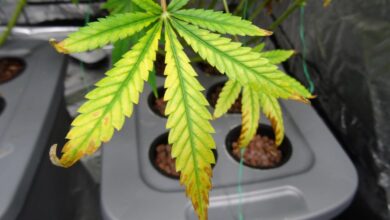

![Photo of Lavender Care: [Soil, Humidity, Pruning and Problems]](https://www.complete-gardening.com/wp-content/uploads/2022/08/lavender-care-soil-humidity-pruning-and-problems-390x220.jpg)